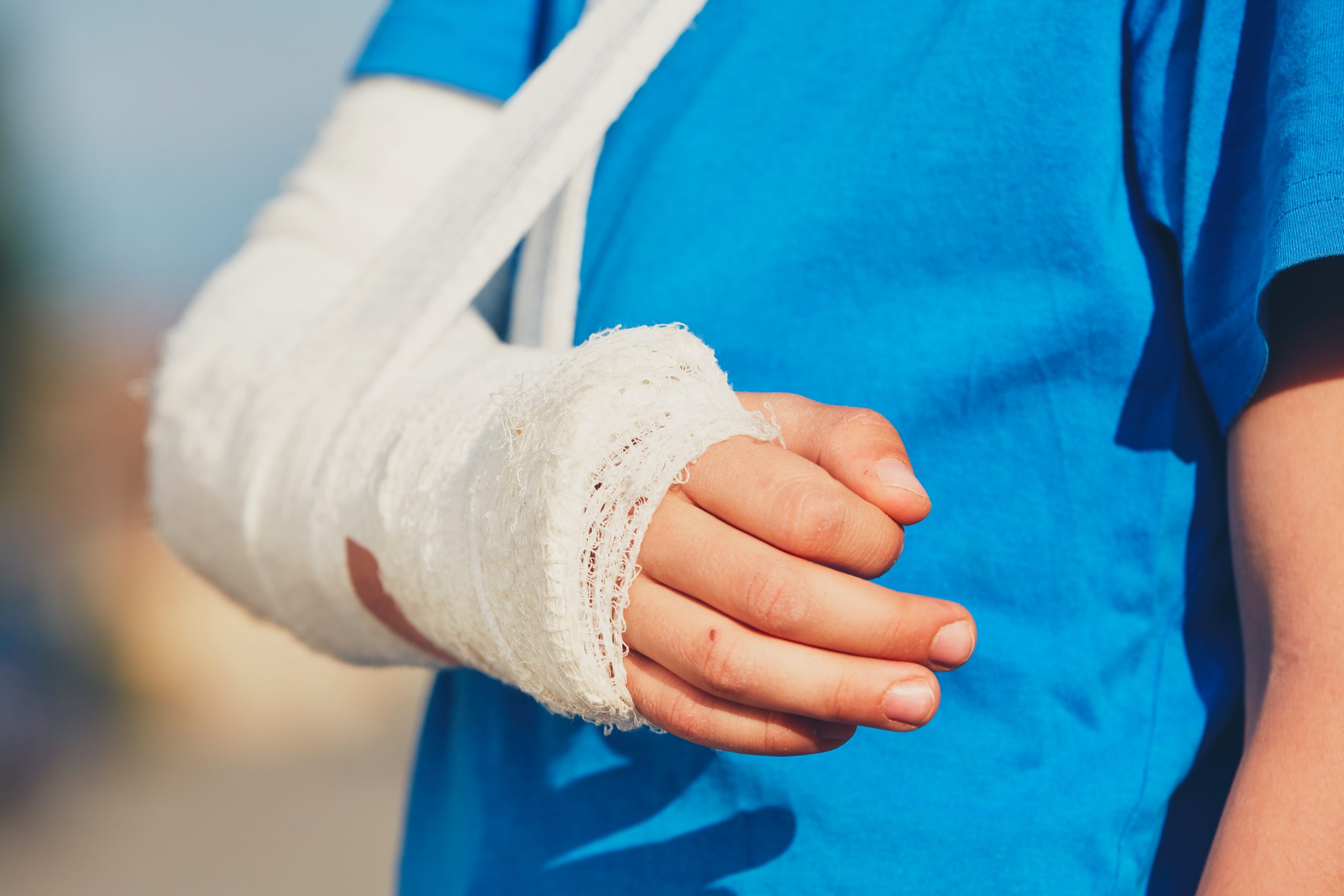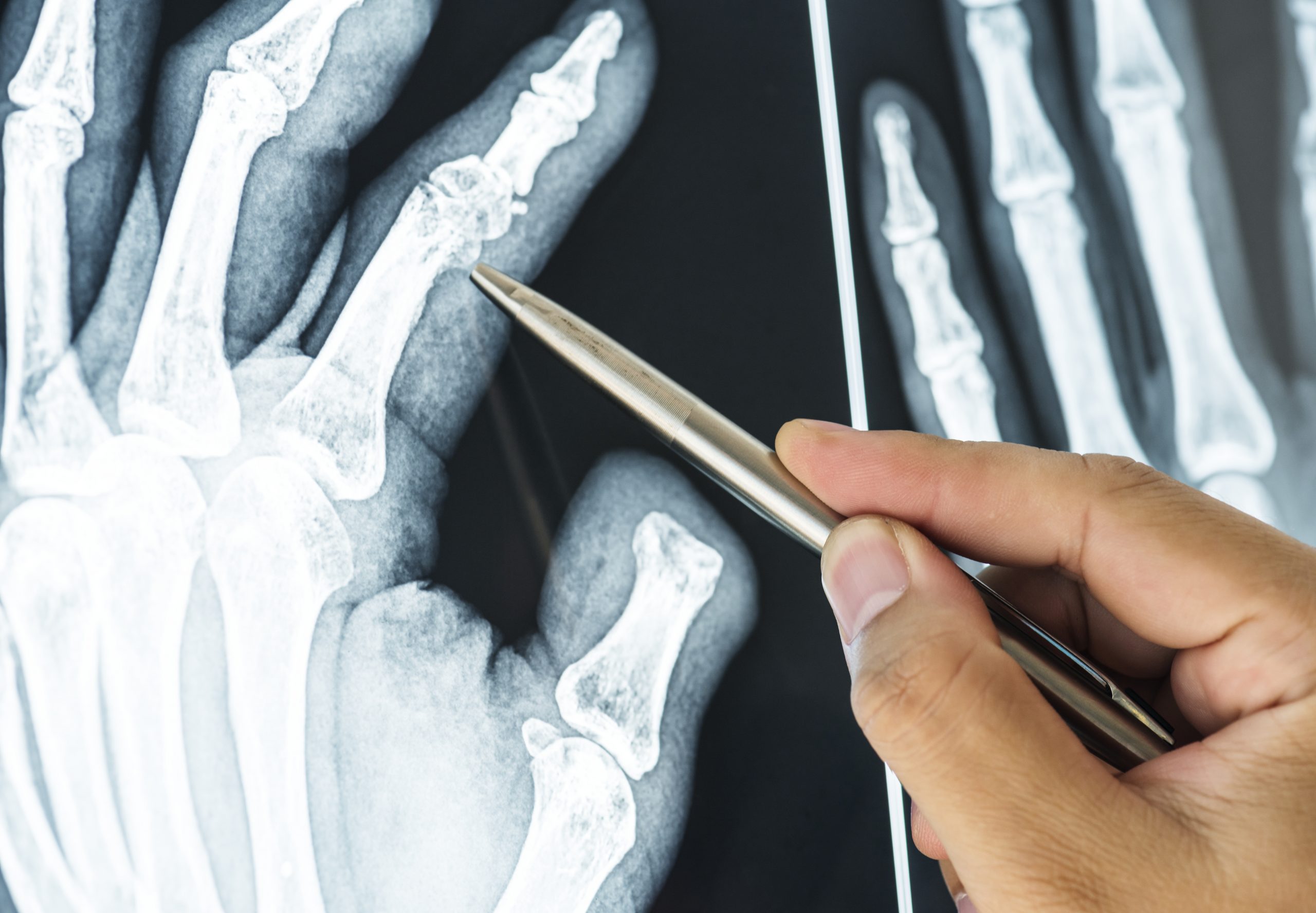Is This Bone Broken?
Technically, a bone qualifies as a fracture when it is either cracked or completely broken. An open fracture refers to the bone sticking out of the skin, whereas a closed fracture is broken beneath the skin. If you’re looking at an open fracture, you won’t have any question on whether the bone is broken or not. However, when you’re looking at a potential closed fracture, the diagnosis at home is a bit more tricky. You will know you or your child has a broken a bone if one of these things has happened:- You hear or feel the bone snap.
- You have difficulty moving the injured part of your body.
- The injured part moves in an awkward way.
- The injured part is extremely painful to the touch.
Seeking More than Urgent Care
If you have a severe open fracture or bad break, you need to go to the emergency room. Go to the emergency room if you suspect the following circumstances:- A break in a large bone like your hip, pelvis, or femur.
- A fracture in your face like your skull, dental bones, or eye socket.
- A spinal fracture.
- A bone or joint is dislocated.




